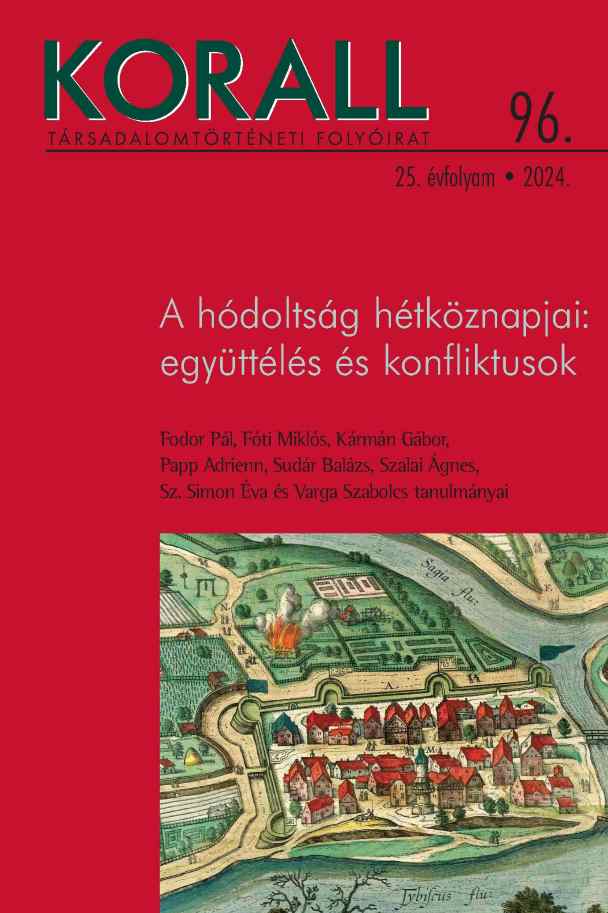Az oszmán–magyar együttélés Budán a régészeti kerámiatárgyak tükrében
Ottoman–Hungarian Cohabitation in Buda in the Light of Archaeological Ceramics
Author(s): Adrienn PappSubject(s): Archaeology, Social history, 16th Century, 17th Century
Published by: KORALL Társadalomtörténeti Egyesület
Keywords: Ottoman Hungary; craftsmen; Ottoman Empire; Ottoman-Hungarian relations
Summary/Abstract: In Buda, which had a significant Hungarian population even during the Ottoman occupation, relatively few well-dated artefacts have been preserved from the period before the Fifteen Years’ War. Most of the objects ended up underground during the clearing of ruins after the Reconquest, so they were more accessible to researchers. However, a new extensive excavation provides a more nuanced picture of late sixteenth-century material culture, suggesting that during the sixteenth century, Hungarian craftsmen made efforts to meet the demands of the Ottoman population. For example, they produced Ottoman-style ceramic bowls that can be clearly identified as the work of Hungarian craftsmen. It is also clear that the sixteenth century was a period of lively Western contacts, as is indicated by the shape of everyday vessels. The pots and jugs were essentially Western in character and even followed the changes in Austrian shapes, while some Ottoman types commonly found in the seventeenth century, were completely absent. During the seventeenth century, however, a significant change is detectable regarding Ottoman artefacts: while Ottoman works by Hungarian masters disappeared, new types of objects emerged, which indicates the growing presence of Balkan masters. At the same time, the number of westernized objects was also on the rise at this time. Comparing the material from Buda with the finds from Belgrade yields interesting results. Significant differences can be seen in the relationship between the two cities and in the presence of Western or Hungarian ceramic wares. Overall, it is justifiable to conclude that while in the sixteenth century Hungarian craftsmen still produced Ottoman-style objects in an attempt to meet new demands, by the end of the seventeenth century these types had disappeared, and the Ottoman population chose their wares from the general range of Hungarian craftsmen. During this period, the demand for their uniquely shaped objects was met by the products of Ottoman/Balkan craftsmen.
Journal: Korall - Társadalomtörténeti folyóirat
- Issue Year: 2024
- Issue No: 96
- Page Range: 101-112
- Page Count: 12
- Language: Hungarian

